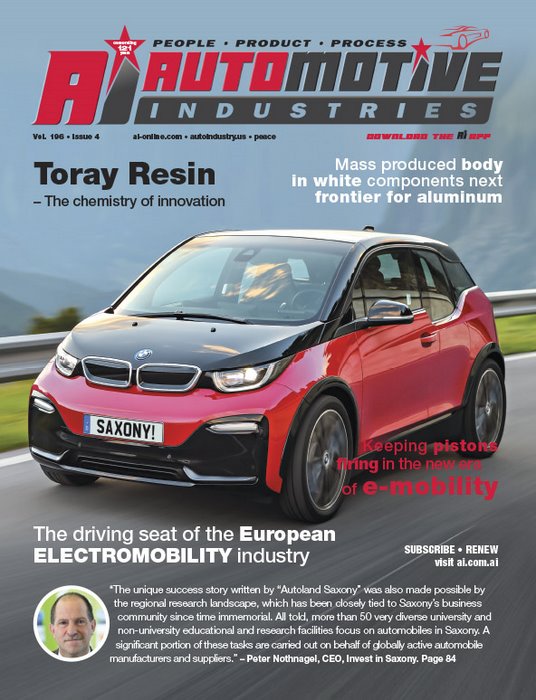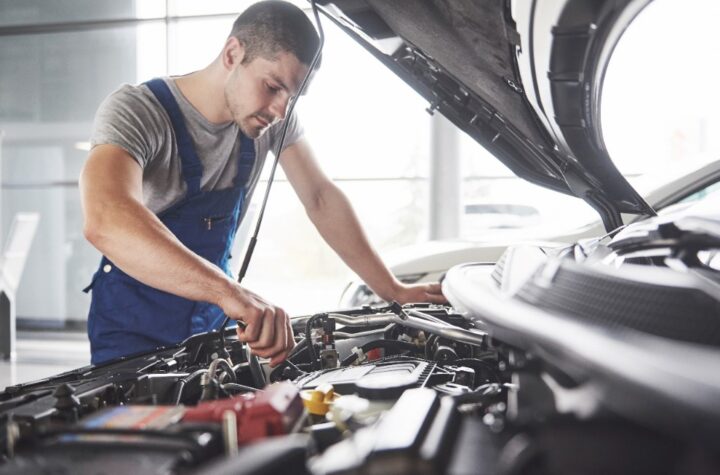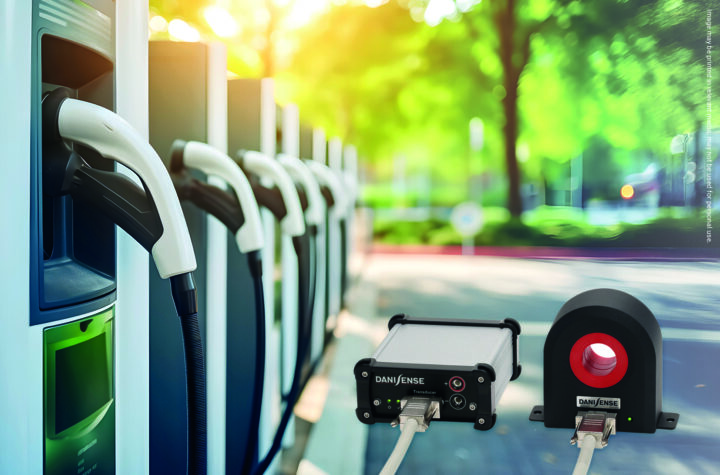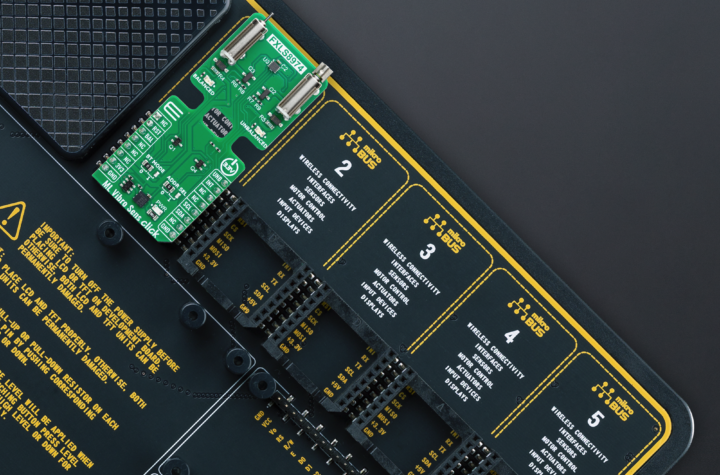
On January 29, 1886, Karl Benz set the foundations for the automotive industry in Saxony – and the rest of the world – when he patented his “vehicle powered by gas engine”. Now, 130 years later, the state is reinventing the automobile.
Automotive Industries (AI) asked Winfried Kretschmann, President of Baden Württemburg, what the state is doing to help reinvent its auto industry.
Kretschmann: Our vision is to be a leading global automobile and mobility center, acting as a pioneer of climate-friendly mobility and offering people future-oriented jobs. The production of conventional engines has enabled our companies to grow. Now the focus is on a parallel strategy through which we detach ourselves from the combustion engine and focus more on alternative propulsion systems. New competitors, such as Tesla, which only rely on one technology, have made it easier for themselves. This is why we have launched “Strategiedialog Automobilwirtschaft BW” (strategic dialog on the automotive industry in Baden-Wuerttemberg). With this initiative the state government wishes to promote the transformation process in the automobile industry to retain our economic prosperity.
AI: Which companies have made your region home and which ones are likely to invest in the near future?
Kretschmann: The automobile was invented 130 years ago in Baden-Wuerttemberg. Today we are home to many renowned automobile manufacturers – Audi in Neckarsulm, Daimler and Porsche in Stuttgart – and suppliers such as Bosch, ZF, Mahle, ElringKlinger among many other renowned companies – as well as our outstanding specialists and scientists. We want to secure this top spot and improve on it further. Our domestic companies are investing heavily in the electro-mobile future, such as Daimler with its EQ and Porsche with its Mission E. And of course, we are always happy when new competitors, such as TESLA, are interested in settling in Baden-Wuerttemberg.
AI: What are some of the investments made by the government in the infrastructure of Baden Wuerttemberg to help popularize hybrid and EVs?
Kretschmann: We have the Electro-mobility I – III state initiatives, which are valued at a total of €122 million. The goal is to make Baden-Wuerttemberg the center of development and production in Germany, as well as the leading market in e-mobility. Currently, we have a program to construct 2,000 charging stations with the aim of mitigating range anxiety. We want to make sure there is at least one charging station every 10 kilometers.
In addition, the MOM SME offensive should help our small and medium-sized companies apply their expertise in e-mobility and conquer new business areas. By promoting the development of large fleets with electric drives or car sharing organizations, we not only want to popularize electro-mobility in the region, but also reduce the pollutant emissions of these vehicles, which are constantly in use.
Furthermore, approximately €18 million has been invested in the digitization of mobility for traffic control and data transmission. We also have promotional programs for our universities and colleges, where a total of €30 million has been set aside for research and transfer funding over the past years. The state is also promoting a package of measures towards networked and autonomous driving in the Karlsruhe/Bruchsal/Heilbronn region.
Opportunities for electro-mobility
AI asked Stefan Di Bitonto of Germany Trade & Invest to share electro-mobility investment opportunities in Germany.
Di Bitonto: Due to the shift towards electromobility, demand for Li-Ion batteries is increasing rapidly. This means there are great investment opportunities for companies producing Li-Ion cells in Europe’s automotive heartland – Germany. Along the value chain, products such as separator material as well as anode and cathode materials are also needed.
AI: How likely is it that Germany will meet the 1 million electric car target by 2020?
Di Bitonto: New e-vehicle car registrations are steadily increasing in Germany. However, the goal of 1 million vehicles has been revised. The projections are now between 500 000 and a million.
AI: Why the change?
Di Bitonto: More than one factor is to be taken in account: Firstly, the supporting infrastructure for electric vehicles is still strongly inferior to that for internal combustion engine-powered vehicles. Secondly, the price per megawatt for Li-Ion batteries is still quite high, which raises vehicles prices. Thirdly, there is still range anxiety.
AI: What is being done to overcome these challenges?
Di Bitonto: Prices for e-vehicles will need to be reduced to make them more attractive for the customers, and the range of an electric vehicle needs to be significantly increased under all driving conditions.
Simulation
Automotive Industries asked Thomas Benz, Solution Director Automotive, PTV Planung Transport Verkehr, how the PTV Group and IPG Automotive are combining technologies to offer simulation in a virtual environment.
Benz: The co-simulation of IPG’s CarMaker and PTV’s Vissim allows for the first time the combination of a detailed vehicle dynamics simulation and a realistic traffic flow simulation. By the combination of the two tools, a vehicle with all its components like sensors, controllers and tires can be tested in a realworld environment provided by PTV Vissim. Instead of artificial scenarios with pre-defined movements of some surrounding vehicles, Vissim produces a life-like environment including cars, trucks, bicycles and pedestrians.
AI: How does it impact hybrid and electric vehicles?
Benz: The optimal operation of hybrid and electric vehicles depends much more on traffic conditions than that of conventional vehicles. Questions which need to be answered include at which point do you start the electric engine, and what is the real range of an electric vehicle which is not travelling at a constant speed, and which has vehicles moving around it.
AI: What are the advantages of testing in a virtual environment?
Benz: Very simple. Ever tried a winter test in Nevada in August? Seriously, simulation in a virtual environment allows for any driving conditions at any time at any place – plus it is done way faster than real-time. Running many simulations in parallel allows for almost indefinite test miles overnight. This can never be achieved with expensive, hand-made prototypes. In fact simulation gives insights where real-world experiments provide the greatest benefit: carry out only those real-world tests that make the most sense.
Saxony as investment destination
AI asked Peter Nothnagel, CEO, Invest in Saxony, what makes the State an attractive destination for investments in hybrid, electric, connected and autonomous vehicles.
Nothnagel: Saxony’s competitive advantage is the fact that “Autoland Saxony” is also known as “Silicon Saxony”, Europe’s largest microelectronics / ICT cluster. The success of “Autoland Saxony” was also made possible by the regional research landscape. More than 50 very diverse university and non-university educational and research facilities focus on automobiles in Saxony.
Furthermore, the Daimler group through its subsidiary Deutsche ACCUmotive, is continuing to expand its production capacities for lithium-ion batteries. Systems for the hybrid models and the fully electric vehicles of the automobile group are produced at the Saxonproduction site. For an investment of about €500 million, ACCUmotive is already building its second factory for lithium-ion batteries.
AI: What investment in new technology has been attracted?
Nothnagel: Saxony is in “pole position” for the second automobile revolution, which is electromobility. Major OEMs such as Volkswagen, Porsche and BMW continue to invest in their Saxon production sites. The production of the BMW i3 and i8, the Volkswagen I.D. (> 2019) and the Porsche Panamera Hybrid are all located in Saxony.
From 2020, the VW Group’s first newly designed electric vehicle (the I.D.) will be seen on the streets of the world. It will be
manufactured completely in the Zwickau plant, in which VW is investing another €300 million.
In June 2017 Bosch announced the biggest investment in its history. It will be building a fabrication plant in Dresden to supply
12-inch wafers. Construction of the high-tech plant is to be completed by the end of 2019. Total investment in the location
will come to roughly one billion euros.
In July 2017 BMW announced an investment of further €200 million in its Leipzig plant. The building work will begin in early 2018 and includes an extension of the paint shop and alternations in the bodyshop and assembly areas. The work is scheduled to finish in 2020, and will ensure Plant Leipzig is prepared for the production of future BMW model generations.
AI: How do the region’s education centers help the automotive manufacturers in pursuing new, environment friendly technologies?
Nothnagel: Three of the major Saxon universities (Technical University of Dresden, Technical University of Chemnitz, Freiberg University of Mining and Technology) and the Zwickau University of Applied Sciences, focus on automotive-related fields such as automotive technology, automotive electronics, traffic system engineering, automotive assembly, electromobility, automotive informatics and automotive engineering.
A subsidiary of Volkswagen Sachsen, the Volkswagen Bildungsinstitut educational institution – with locations in Zwickau and Chemnitz – has been providing vocational training, continued education, and human resource development services to the VW parent company, other corporate units as well as to suppliers and other companies in Saxony since 1990. The competence center conducts initial professional education and vocational training, offers branch-specific continued education programs, and assists companies in human resource development. Together with the Zwickau University of Applied Sciences, it provides cooperative studies for prospective engineers. It permits its graduates to get their skilled worker certification parallel to a university degree.
AI: Has Saxony’s infrastructure been upgraded for hybrid and EVs?
Nothnagel: A Technical University of Dresden study identifying the future demand for charging stations serves as a basis for the development of the charging infrastructure. Concepts for charging infrastructure are being developed and tested in different rural and urban areas. By the way, the Saxony Economic Development Corporation provides four charging stations and has two electric cars within its fleet.
Investment incentives
Saxony offers a wide range of funding instruments for investment projects. These include primarily direct subsidies and subordinated loans. In addition, it is possible to combine the investment support with labor market and technology funding instruments.
If new employees are to be optimally qualified or long-term employees of a company are to be prepared for new tasks and duties, then the Federal State of Saxony and the Federal Employment Agency (BA) provide diverse funding options – for example, when it comes to the employment of unemployed persons or the recruitment of R&D staff.
To support technology development Saxony provides R&D project funding, technology transfer funding, a “InnoPramie” innovation grant, as well as the support of “Innovation and Transfer Assistants,” “InnoManagers,” “InnoExperts,” and “InnoTeams.
The market is being stimulated through a federal exemption of electric vehicles from road taxes for the first 10 years. A purchase bonus for electric vehicles was introduced in 2016. Purchases receive a rebate of €4,000 for a purely battery-driven electric vehicle or a fuel-cell vehicle – half of which is financed by the federal government and the other half by the manufacturer. A €3,000 rebate is offered for an externally rechargeable hybrid-electric vehicle.















More Stories
Mosaic Click board from MIKROE delivers global coverage multi-band and multi-constellation tracking ability
Current transducer from Danisense selected for DC charging station testing device demonstrator at TU Graz
New Click board from MIKROE helps develop and train ML models for vibration analysis